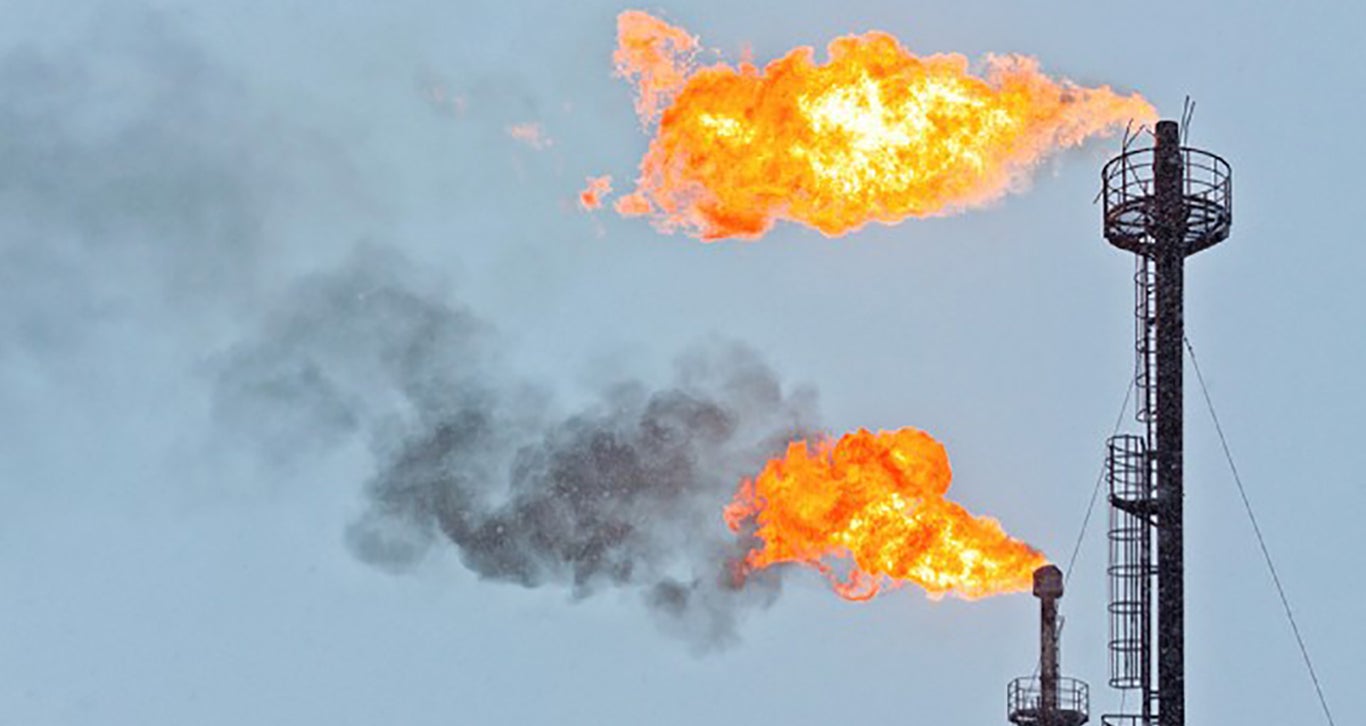 The Environmental Protection Agency (EPA) and the state of New Mexico recently announced an agreement to create a working group to explore the regulatory landscape regarding potential new options for managing oil and gas wastewater.
The Environmental Protection Agency (EPA) and the state of New Mexico recently announced an agreement to create a working group to explore the regulatory landscape regarding potential new options for managing oil and gas wastewater.
In 2017, New Mexico’s oil and gas operators produced nearly 38 billion gallons of wastewater – also known as “produced water.” In drought-prone New Mexico, the prospect of critical water shortages is very real and it may be tempting to repurpose this water for other uses. However, produced water can contain hundreds of potentially toxic chemicals, making the management of this waste stream extremely challenging.
This new working group should proceed with caution so their examination doesn’t lead to new problems.












 Four years ago, I stood in the centralized data command center of an American oil and gas company, watching a former colleague remotely adjust infrastructure at wellsites thousands of miles away because an algorithm detected a potential failure. This was the first time I personally witnessed the power of the “
Four years ago, I stood in the centralized data command center of an American oil and gas company, watching a former colleague remotely adjust infrastructure at wellsites thousands of miles away because an algorithm detected a potential failure. This was the first time I personally witnessed the power of the “